|
A point I often make to cemetery visitors and tourists here to Mount Olivet is that we have an over-arching theme of “patriotism.” Our two most famous interments include the guy who wrote our national anthem and a nonagenarian who became an overnight heroine thanks to a New England poet who glorified her supposed defiance in front Confederate general Stonewall Jackson and his troops during the American Civil War. Two phrases, attributed to this tandem, speak volumes: “O’ Say Can you See, by the Dawn’s early light?” and “Shoot if you must this old gray head, but spare your country’s flag, she said.” A third “history celebrity” is buried here as well, an actual patriot himself. Thomas Johnson, Jr., best remembered as Maryland’s first-elected governor, but also served as a business entrepreneur, member of Continental Congress and brigadier general during the turbulent time of the American Revolution. The above trio is surrounded by nearly 4,000 other men and women (laid to rest here) who performed active military duty—many participated in national and world conflicts. We have individuals who connect to conflicts ranging from the French & Indian War to Vietnam. In a few cases, we have particular decedents who took part in multiple wars over the course of their lives. This is often true of professional military men. One such is buried here in Mount Olivet, and his story is as amazing as it is heartbreaking. A veteran of both “World Wars,” it can easily be said that he gave his “last full measure of devotion” to the country Thomas Johnson helped create, and the flag Francis Scott Key championed with in song, and Barbara Fritchie protected with her life. Bataan Many recall, or have heard about, one of the most unsettling events in the history of warfare. It is known as the Bataan Death March. This atrocity took place in the Philippines during World War II and included 76,000 prisoners of war (66,000 Filipinos, 10,000 Americans) forced at gunpoint to walk some 66 miles at the mercy of the Japanese military captors. It occurred in April 1942, during the early stages of World War II. The name Bataan comes from the province situated in the Central Luzon region of the Philippines-Luzon being the northernmost island (of the Phillipines). Occupying the entire Bataan Peninsula on Luzon, Bataan is bordered by the provinces of Zambales and Pampanga to the north. The peninsula faces the South China Sea to the west and Subic Bay to the north-west, and encloses Manila Bay to the east. It’s complicated to give the backstory of this event to those unfamiliar, but it plays a very important role in understanding this week’s “Story in Stone” subject. Our “Story” also involves the famed US Army General Douglas MacArthur as well—the impetuous five-star general and Field Marshal of the Philippine Army, who had previously been a participant in World War I and served as Chief of Staff of the United States Army during the 1930s. He had even retired from the US Army in 1937. MacArthur played a prominent role in the Pacific theater during World War II after being recalled to active duty in 1941 as commander of United States Army Forces in the Far East. This move would reunite Philippine and US forces under one command. Unfortunately, a series of disasters soon beset Douglas MacArthur, starting with the destruction of his air forces at Pearl Harbor in December, 1941. Immediately after, the Japanese would set their sights on invading the US held Philippines. The Philippines had become an American possession in 1898, a result of the Spanish-American War. After being ceded by Spain, an era of American colonization commenced, lasting nearly four decades. When the Commonwealth of the Philippines achieved semi-independent status in 1935, Philippines President Manuel Quezon asked MacArthur to supervise the creation of a Philippine Army. The two men had been personal friends since the latter's father had been Governor-General of the Philippines, 35 years earlier. With President Franklin D. Roosevelt's approval, MacArthur accepted the assignment. It was agreed that MacArthur would receive the rank of field marshal, in addition to his major general's salary as Military Advisor to the Commonwealth Government of the Philippines. 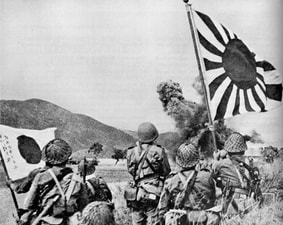 Japanese troops in Bataan Japanese troops in Bataan The following summary can be found in Encyclopedia Britannica, written by Elizabeth N. Norman and Michael Norman: Within hours of their December 7, 1941, attack on the American naval base at Pearl Harbor, Hawaii, the Japanese military began its assault on the Philippines, bombing airfields and bases, harbors and shipyards. Manila, the capital of the Philippines, sits on Manila Bay, one of the best deep water ports in the Pacific Ocean, and it was, for the Japanese, a perfect resupply point for their planned conquest of the southern Pacific. After the initial air attacks, 43,000 men of the Imperial Japanese 14th Army went ashore on December 22 at two points on the main Philippine island of Luzon. Gen. Douglas MacArthur, the supreme commander of all Allied forces in the Pacific, cabled Washington, D.C., that he was ready to repel this main invasion force with 130,000 troops of his own. MacArthur’s claim was a fiction. In fact, his force consisted of tens of thousands of ill-trained and ill-equipped Filipino reservists and some 22,000 American troops who were, in effect, an amalgam of “spit-and-polish” garrison soldiers with no combat experience, artillerymen, a small group of planeless pilots and ground crews, and sailors whose ships happened to be in port when Japanese forces bombed Manila and its naval yards. At the landing beaches, the Japanese soldiers quickly overcame these defenders and pushed them back and back again until MacArthur was forced to execute a planned withdrawal to the jungle redoubt of the Bataan Peninsula. This thumblike piece of land on the west-central coast of Luzon, across the bay from Manila, measured some 30 miles long and 15 miles wide, with a range of mountains down the middle. In early January, 1942, the Japanese made their next major move on the Philippines. Altogether the Japanese landed at three separate places, each a finger of land jutting out from the rocky coast line of western Bataan into the South China Sea. The first landings came on January 23rd, as an overconfident MacArthur gave orders for the American and Filipino troops to begin falling back to a reserve battle position. The Japanese employed multiple assaults and an end run, amphibious style, with its objectives far to the south, in the Service Command Area. By March, the Japanese invasion had compelled MacArthur to withdraw his forces on Luzon to Bataan, while his headquarters and his family moved to Corregidor. The doomed defense of Bataan captured the imagination of the American public. At a time when the news from all fronts was uniformly bad, MacArthur became a living symbol of Allied resistance to the Japanese. 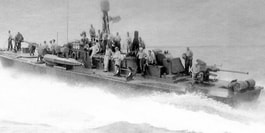 Fearing that Corregidor would soon fall, and MacArthur would be taken prisoner, President Roosevelt ordered MacArthur to go to Australia. A submarine was made available, but MacArthur elected to break through the Japanese blockade in PT boats. Upon his arrival, MacArthur gave a speech in which he famously promised "I shall return" to the Philippines. The staff MacArthur brought with him became known as the "Bataan Gang". They would become the nucleus of his General Headquarters, Southwest Pacific Area. One senior member of MacArthur’s leadership team, however, would be left behind. He was a Frederick native who is buried right here in Mount Olivet. 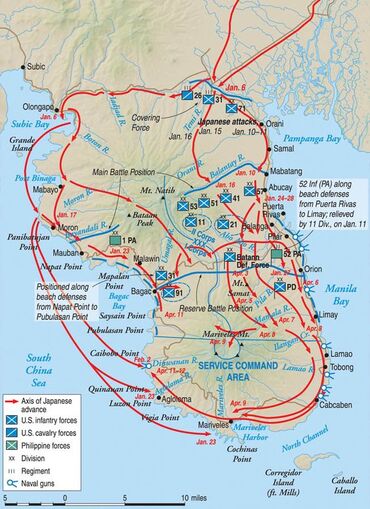 The Service Command Area When the American line was first established on Bataan on January 7th (1942), defense of the southern tip of the Bataan peninsula was designated by the name: the Service Command Area. This task had been assigned to Brig. Gen. Allan C. McBride, MacArthur's deputy for the Philippine Department. McBride's command included, roughly, all of Bataan south of the Mariveles Mountains, and was divided into an East and West Sector by the Paniguian River which flows southward into Mariveles Bay. The Service Command Area covered over 100 square miles. The distance around the tip of Bataan along the East and West Roads, from Mamala River on the Manila Bay side to the Paysawan River on the South China Sea coast, is at least forty miles. Inland, the country is extremely rugged and hilly, with numerous streams and rivers flowing rapidly through steep gullies into the surrounding waters. The coast line facing Manila Bay is fairly regular but the west coast, where the Japanese landings came, is heavily indented with tiny bays and inlets. The ground on this side of the peninsula is thickly forested almost to the shoreline where the foothills of the central range end in abrupt cliffs. Sharp points of land extend from the "solid curved dark shoreline" to form small bays. An adequate defense of this long and ragged coastline would have been difficult under the best of circumstances. With the miscellany of troops assigned to him, the task was an almost impossible one for General McBride. Things were extremely tough for both American and Filipino forces over the next few months, and even worse after MacArthur and his staff pulled out in late March. By early April, McBride and tens of thousands of soldiers would surrender to their foes. Back to the summary by Elizabeth N. Norman and Michael Norman: MacArthur had planned badly for the withdrawal and had left tons of rice, ammunition, and other stores behind him. The Battle of Bataan began on January 1, 1942, and almost immediately the defenders were on half rations. Sick with malaria, dengue fever, and other diseases, living on monkey meat and a few grains of rice, and without air cover or naval support, the Allied force of Filipinos and Americans held out for 99 days. Though they ultimately surrendered, their stubborn defense of the peninsula was a significant propaganda victory for the United States and proved that the Imperial Japanese Army was not the invincible force that had rolled over so many other colonial possessions in the Pacific. It was against this backdrop that the Bataan Death March—a name conferred upon it by the men who had endured it—began. The forced march took place over some two weeks after Gen. Edward (“Ned”) King, US commander of all ground troops on Bataan, surrendered his thousands of sick, enervated, and starving troops on April 9, 1942. The siege of Bataan was the first major land battle for the Americans in World War II and one of the most-devastating military defeats in American history. The force on Bataan, numbering some 76,000 Filipino and American troops, is the largest army under American command ever to surrender. 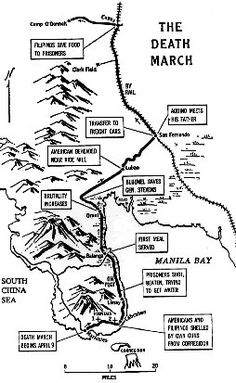 Beginning on April 9th (1942) in Mariveles, a village on the southern tip of the Bataan Peninsula, the prisoners, including Frederick’s own Allan C. McBride, were force-marched north to San Fernando and then taken by rail in cramped and unsanitary boxcars farther north to Capas. From there, the men walked an additional seven miles to Camp O’Donnell, a former Philippine army training center used by the Japanese military to intern Filipino and American prisoners. During the main march—which lasted five to ten days, depending on where a prisoner joined it—the captives were beaten, shot, bayoneted, and, in many cases, beheaded. A large number of those who made it to the camp later died of starvation and disease. Only 54,000 prisoners reached the camp, though exact numbers are unknown. It is believed that some 2,500 Filipinos and 500 Americans may have died during the march, and an additional 26,000 Filipinos and 1,500 Americans died at Camp O’Donnell. The Life of Allan C. McBride As America gasped at the news reports coming from the South Pacific, relatives and former friends of Allan C. McBride pondered his fate at the hands of the Japanese. He had been assigned to Army headquarters in the Philippines as plans and training officer over a year earlier on February 20th, 1941. His wife, Avis, was living in northwest Washington, DC at the time, and had only received a belated Christmas card from her husband in late January (1942), having been written a few days before Christmas when the Japanese initial invasion on the Philippines occurred. At the time, he said he was doing well on the protected confines of Corregidor. Gen. McBride was well known here, even though his military career took him all over the world. He was the son of Andrew Clay McBride (1860-1910), a former Frederick County sheriff, and Annie Estelle Routzahn (1861-1927). Allan Clay McBride was born June 30th, 1885 in Frederick’s Middletown Valley and attended public schools. The family lived on a farm in Jefferson, and consisted of younger brother Edgar and sister, Carrie (Shafer). The McBrides would eventually move into Frederick City as Mr. McBride served as principal of the N. Market Street School for some time and also was one-time manager of the Washington, Frederick and Gettysburg Railroad. The family could be found living at 221 S. Market Street. Allan would attend St. John’s Military College in Annapolis, graduating with the Class of 1908. He would join the Regular US Army on September 9th, 1908 and was given the rank of captain in 2nd Field Artillery unit. He would be assigned to the 4th Field Artillery and promoted to 2nd lieutenant by September. He was stationed at Fort Vancouver in Vancouver, Washington. By 1910, he was reassigned to Fort D. A. Russell in Laramie, Wyoming. Allan would marry Mary Avis Halbert of Baltimore on October 23, 1911. The couple welcomed a baby daughter in July, 1913, and she was named Avis Halbert McBride in honor of her mother. A few years later, McBride was promoted to major of field artillery with the National Army in World War I. Soon after, he was transferred to Headquarters of the 349th Field Artillery and gained the rank of Lieutenant Colonel. He spent time overseas in the Great War from mid-June, 1918 until July, 1919. While in France, he took part in fighting within the Marbache sector and received multiple battlefield promotions as he spent time with the Headquarters unit of the 2nd Field Artillery and 13th Field Artillery. He commanded a battalion. McBride would be promoted to Adjutant General on January 11st, 1919 with the 4th Field Artillery Brigade. Upon his arrival back in the States, he was assigned to Fort Sill, Lawton, Oklahoma where he served as an instructor of Field Artillery. A son, Andrew would be born here in 1921. The McBride family moved back east and can be found living on N. Calvert St. in Baltimore in 1924. A daughter, Susanne was born in 1925. The family relocated to Washington, DC when Allan was accepted into the US Army War College in 1926. He next attended General Staff School and also Chemical Warfare School, Field Officers’ Course. Maj. McBride and family were back at Fort Sill and Lawton, Oklahoma by 1930. In 1935, they were in Fort Leavenworth, Kansas and by 1940, Fort Sam Houston in San Antonio, Texas. His last assignment came in 1941. Allan C. McBride was assigned to Army headquarters in the Philippines as plans and training officer February 20th, 1941. As news of the Bataan Death March unfolded, relatives and friends in Frederick received scant information about Gen. McBride in the local papers. His sister, Mrs. Carrie Shafer, resided on West Patrick Street. The family of his deceased brother, Edgar H. McBride, a well-known attorney and banker, also was also very concerned and eager for details. I will let old newspaper articles tell the rest of his story. 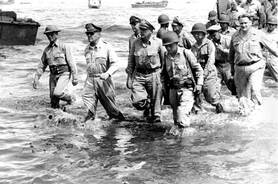 Upon his arrival in Australia in March, 1942, Douglas MacArthur gave a speech in which he famously promised "I shall return" to the Philippines. After more than two years of fighting in the Pacific, he fulfilled that promise. For his defense of the Philippines, MacArthur was awarded the Medal of Honor. He officially accepted the Surrender of Japan on September 2nd, 1945 aboard the USS Missouri, which was anchored in Tokyo Bay, and he oversaw the occupation of Japan from 1945 to 1951. As the effective ruler of Japan, he oversaw sweeping economic, political and social changes. General McBride is one of 4,000 veterans whom we plan to honor on Veterans Day. We also look forward to adorning his gravesite with a wreath on Saturday, December 14th during our 2nd annual Wreaths Across America event. The WAA kickoff ceremony will begin at 11am only feet from Allan C. McBride's final resting place at our World War II Memorial, erected in 1947 and dedicated on May 30th, 1948. Gen. McBride's mortal remains are joined by those of 29 other servicemen of World War II who died in active duty. Their military issue stones are placed in a semi-circle surrounding two large pillars and an eternal flame monument which reads:
"Dedicated to the Men and Women of Frederick County, who by their unselfish devotion to duty, have advanced the American ideals of liberty and the universal brotherhood of man." It also reads, "The flame of love shall burn into our hearts the memory of our noble dead."
2 Comments
John R Peacher
11/12/2019 07:59:22 pm
Rest in peace, Sir. Thank you for your love of country.
Reply
Edward Martin
7/3/2020 09:00:17 am
Allan C McBride is my wife's great-grandfather (via his son Andrew McBride). One of my sons, Allan C. McBride's great-great-grandson, has a striking resemblance to him (as in the St. John's College photo). Thank you for the write up. RIP
Reply
Leave a Reply. |
STORIES
|
Archives
July 2024
June 2024
May 2024
April 2024
March 2024
February 2024
January 2024
December 2023
November 2023
September 2023
August 2023
July 2023
June 2023
May 2023
April 2023
March 2023
February 2023
January 2023
December 2022
November 2022
October 2022
September 2022
August 2022
July 2022
June 2022
May 2022
April 2022
March 2022
February 2022
January 2022
December 2021
November 2021
October 2021
September 2021
August 2021
July 2021
June 2021
May 2021
April 2021
March 2021
February 2021
January 2021
December 2020
November 2020
October 2020
September 2020
August 2020
July 2020
June 2020
May 2020
April 2020
March 2020
February 2020
January 2020
December 2019
November 2019
October 2019
September 2019
August 2019
July 2019
June 2019
May 2019
April 2019
March 2019
February 2019
January 2019
December 2018
November 2018
October 2018
September 2018
August 2018
July 2018
June 2018
May 2018
April 2018
March 2018
February 2018
January 2018
December 2017
November 2017
October 2017
September 2017
August 2017
July 2017
June 2017
May 2017
April 2017
March 2017
February 2017
January 2017
December 2016
November 2016

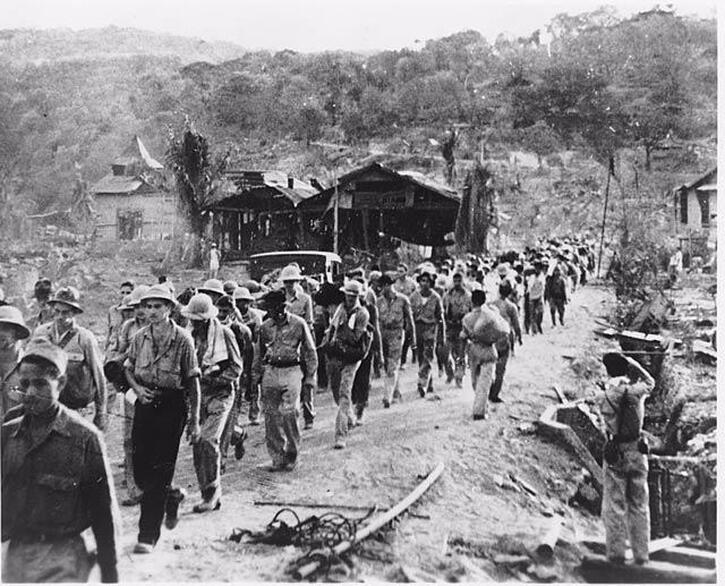
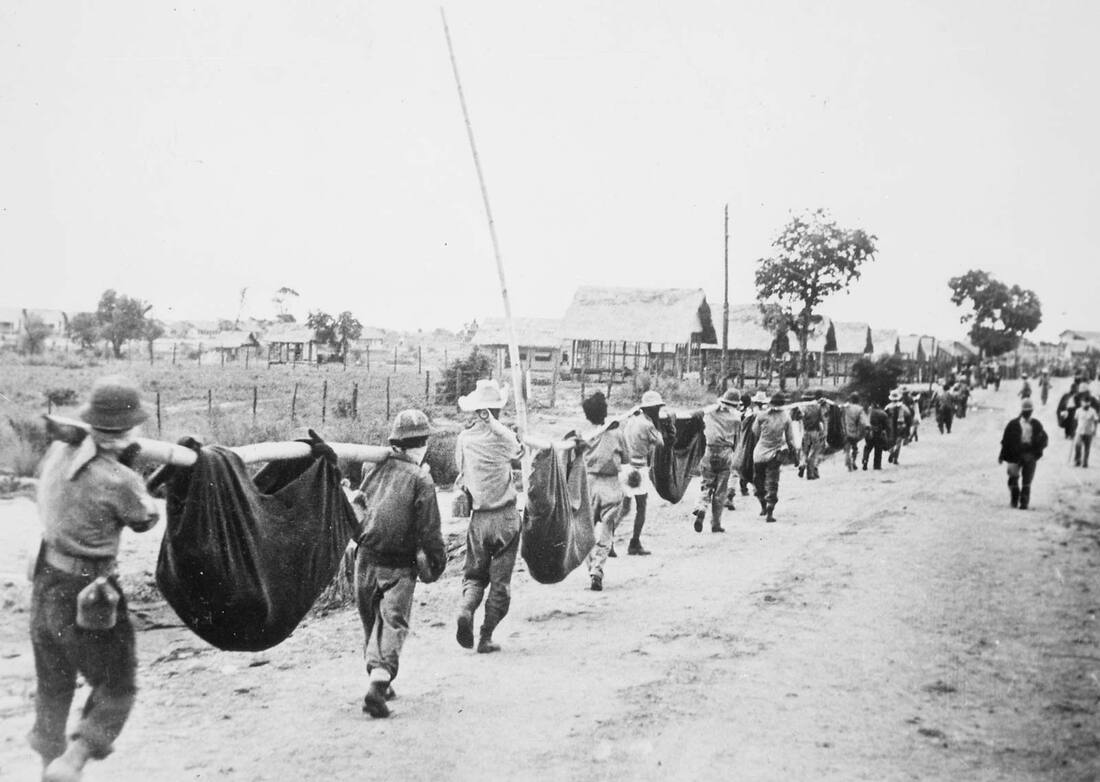
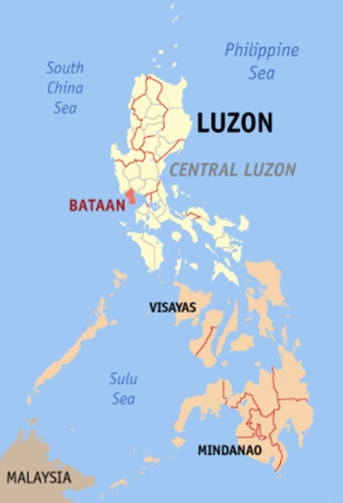
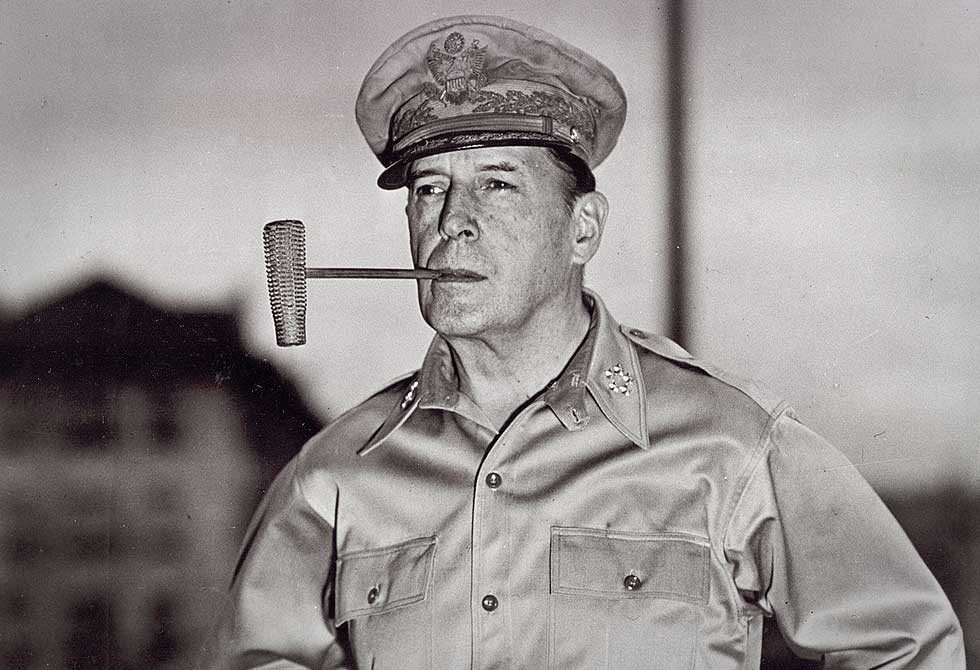
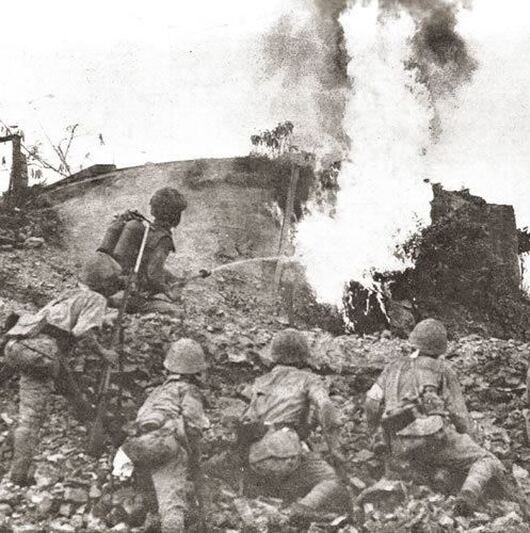
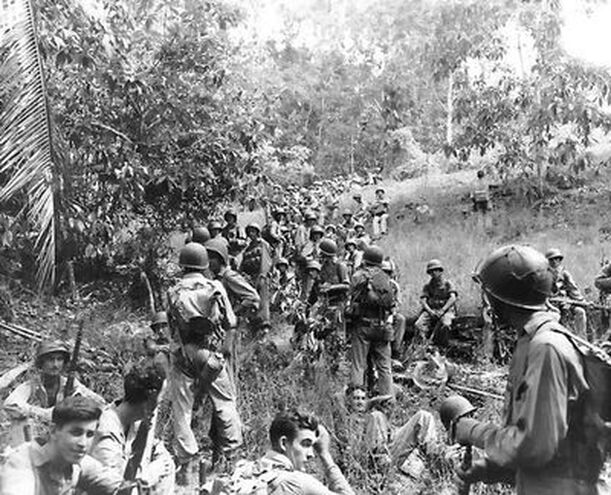
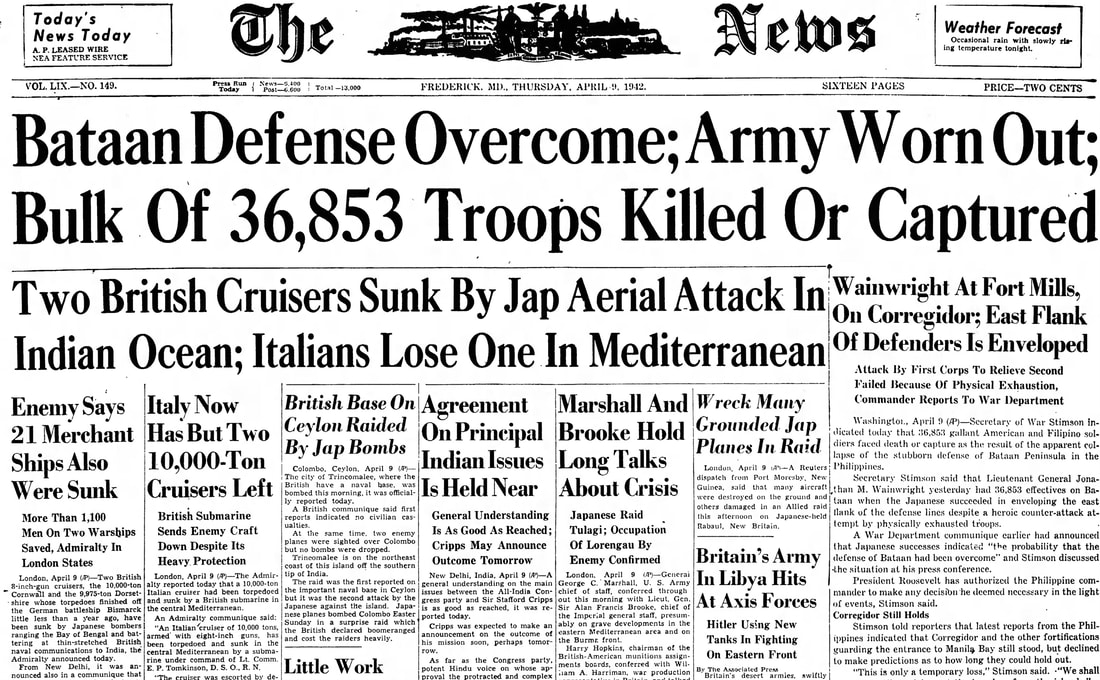
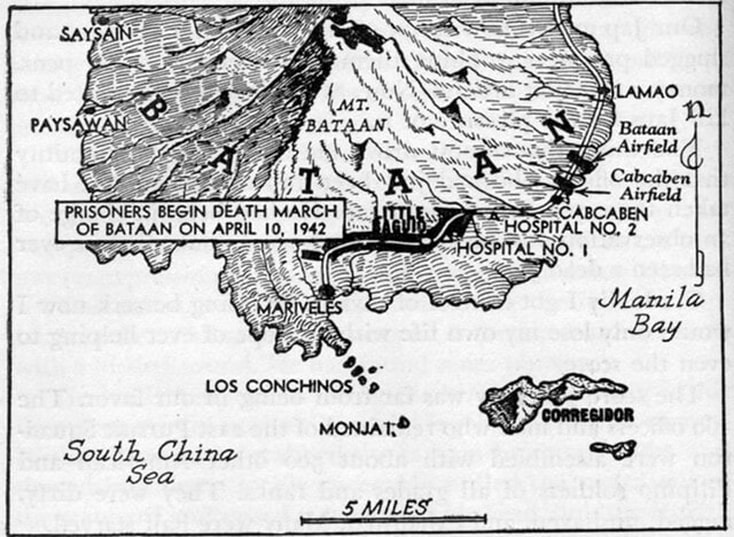
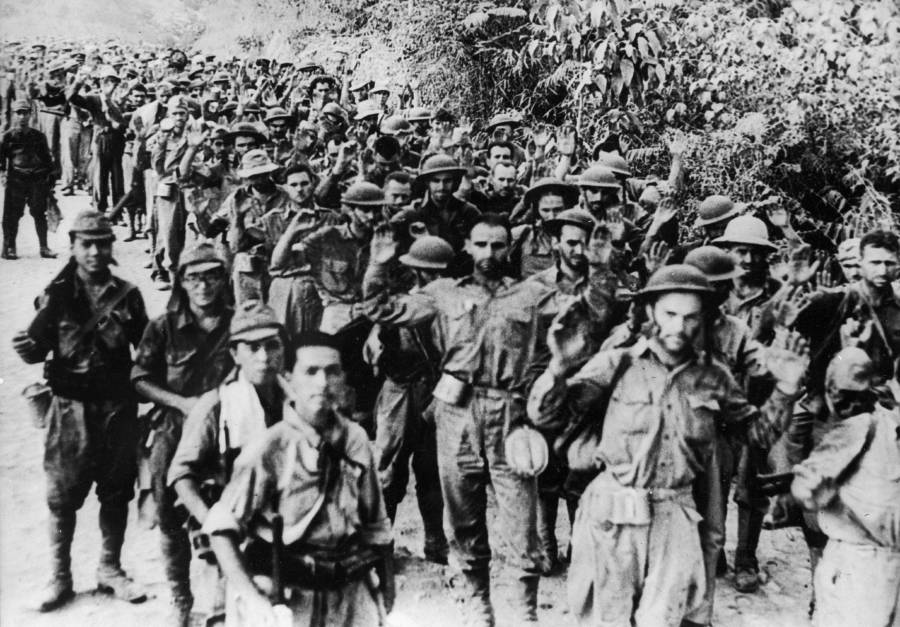
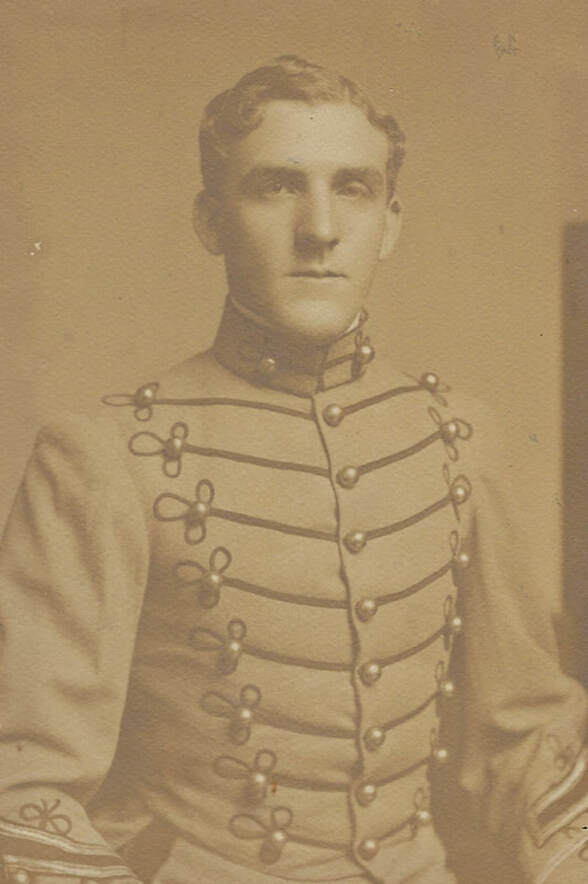

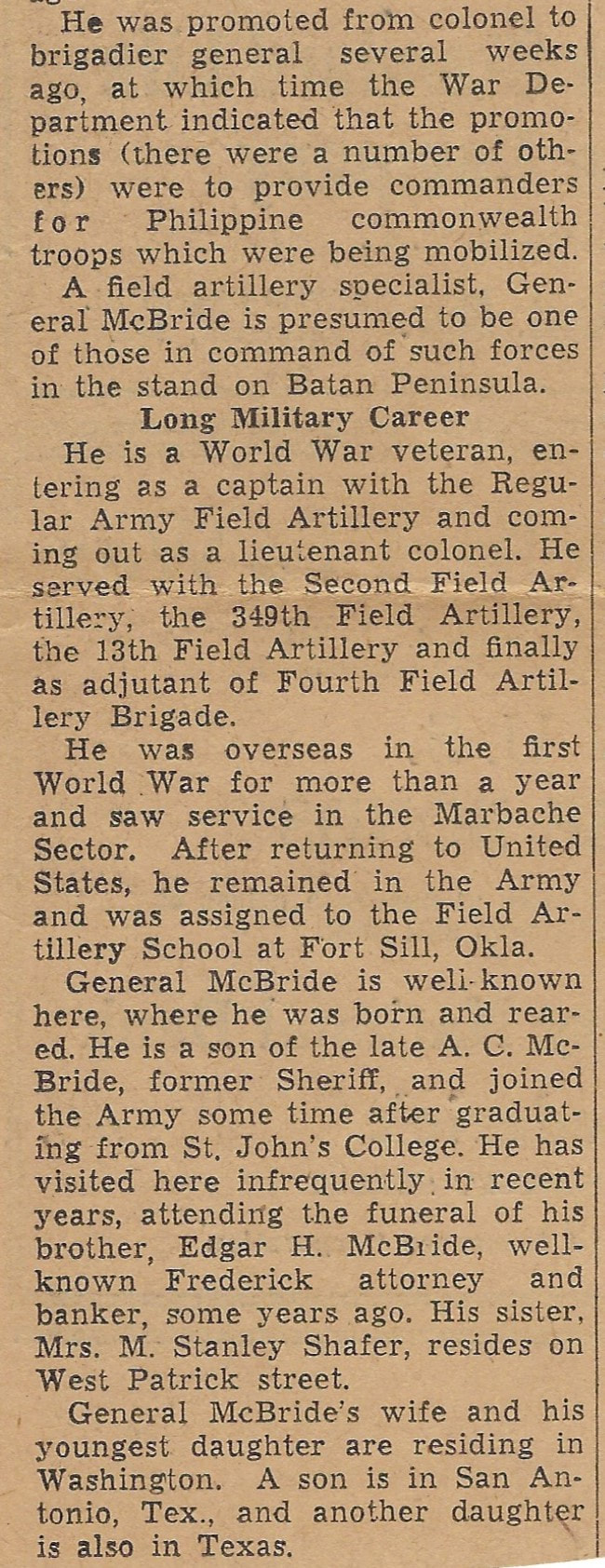
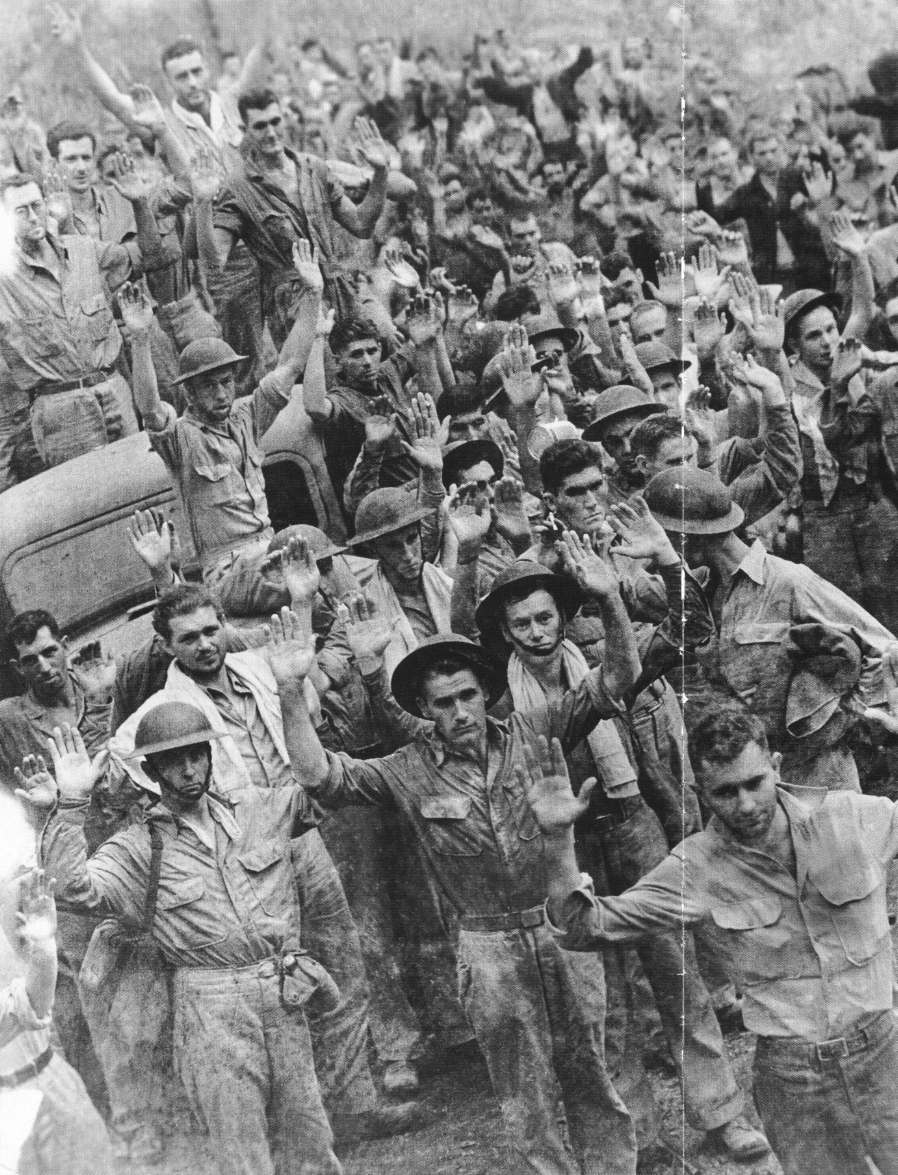

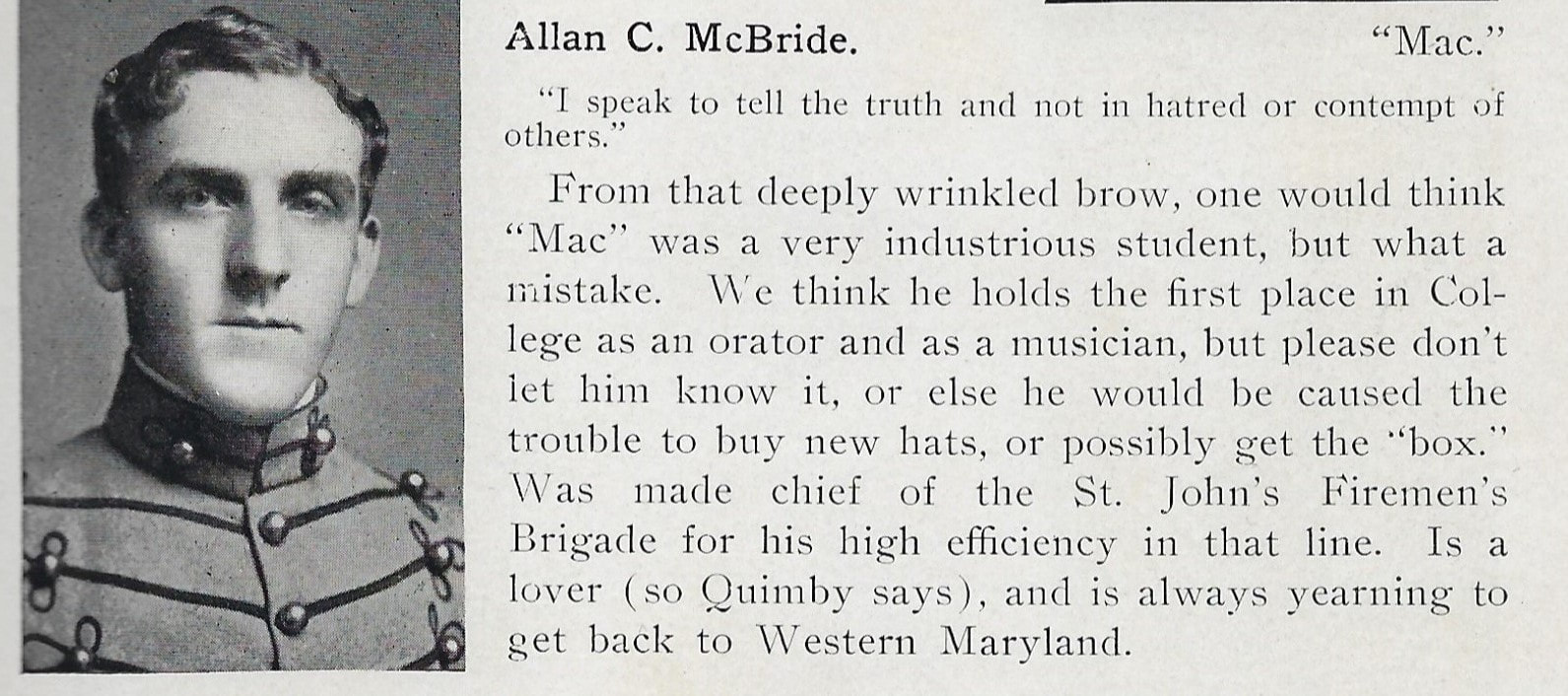
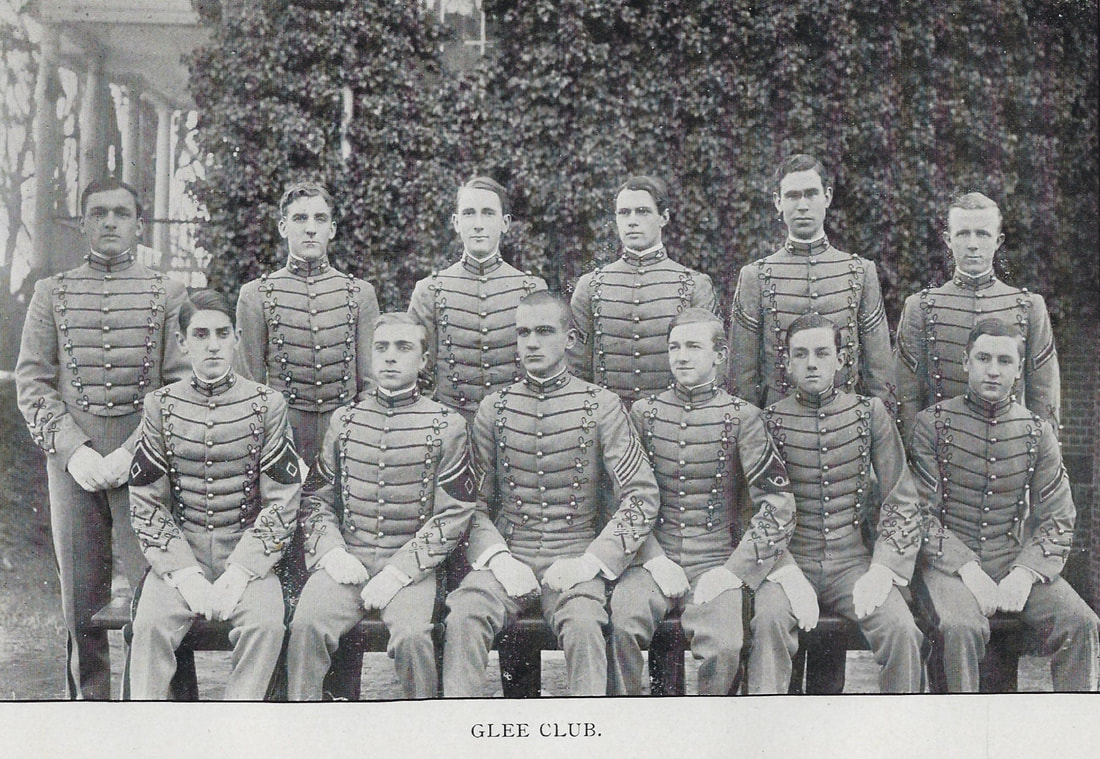
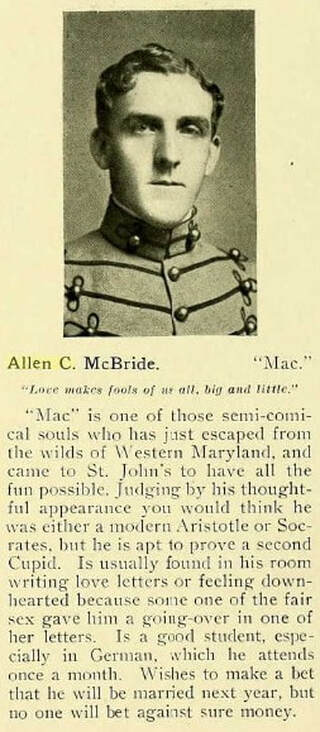
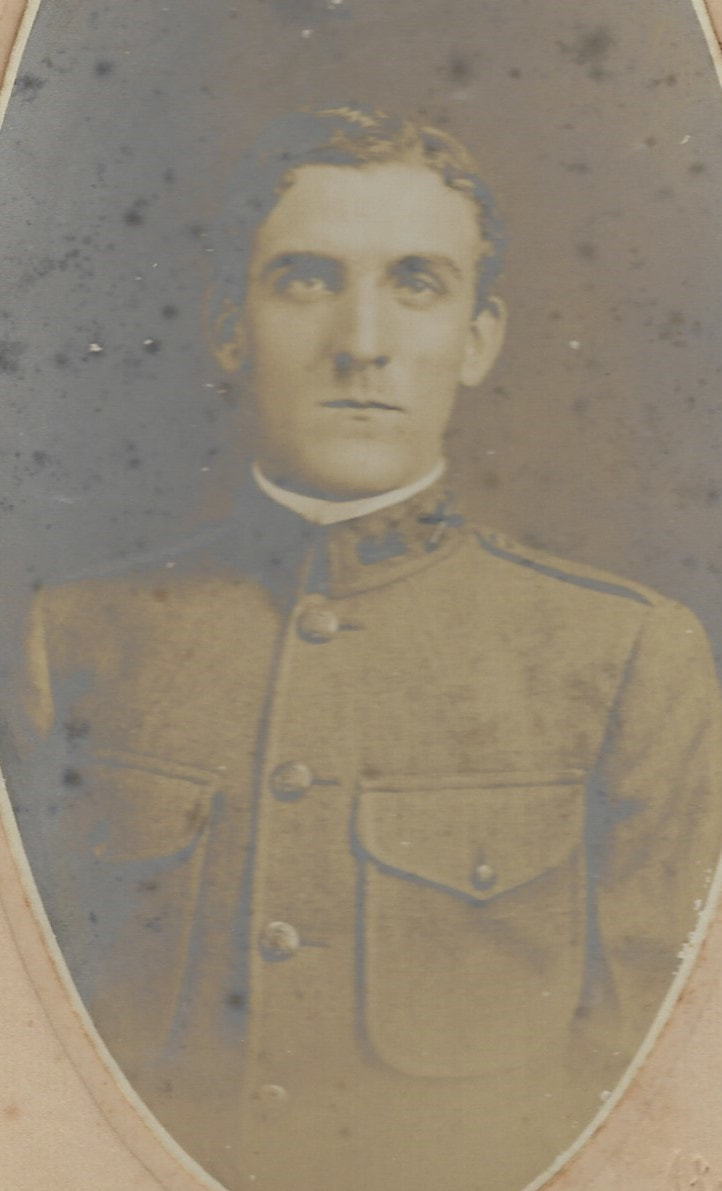
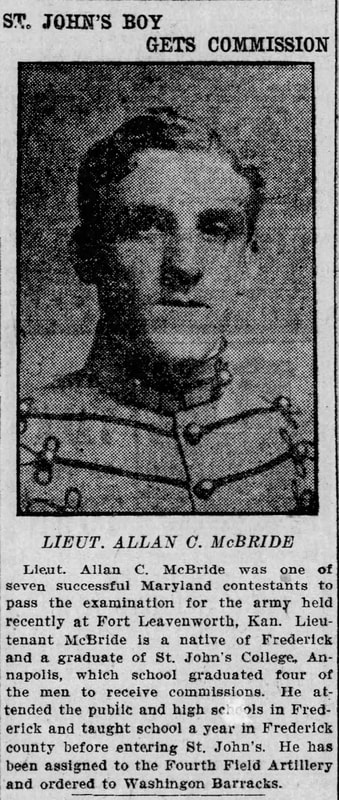
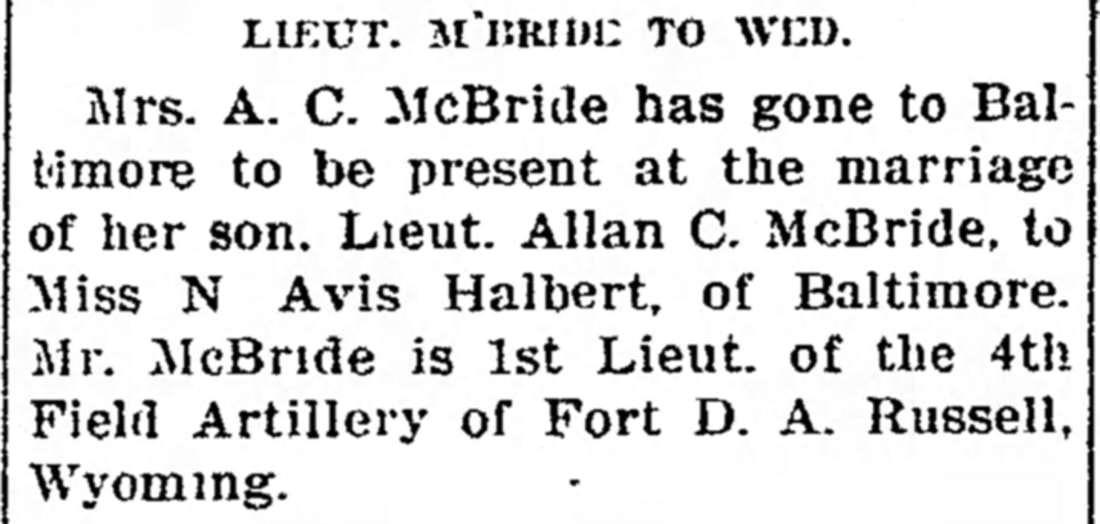
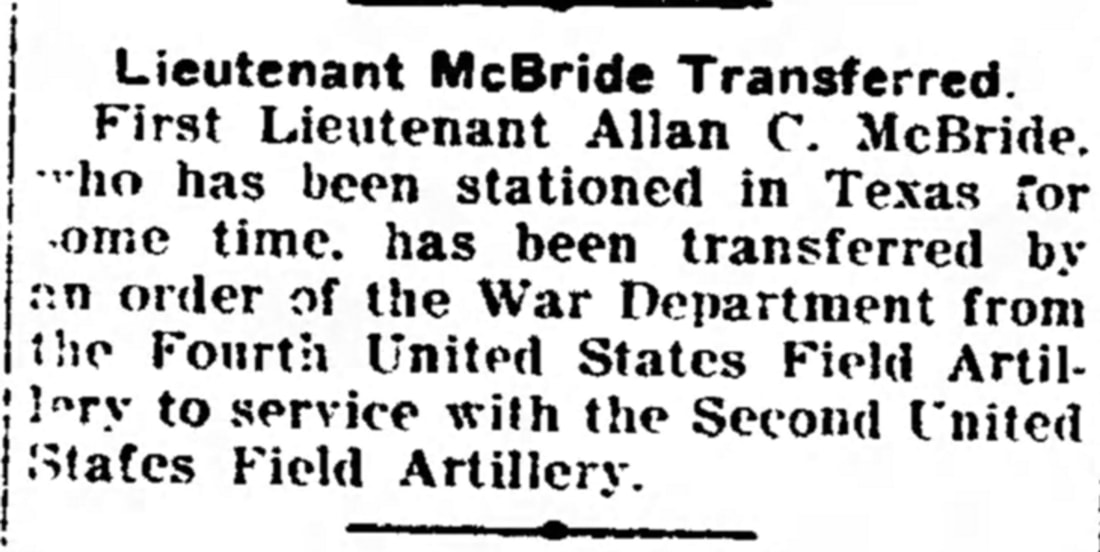
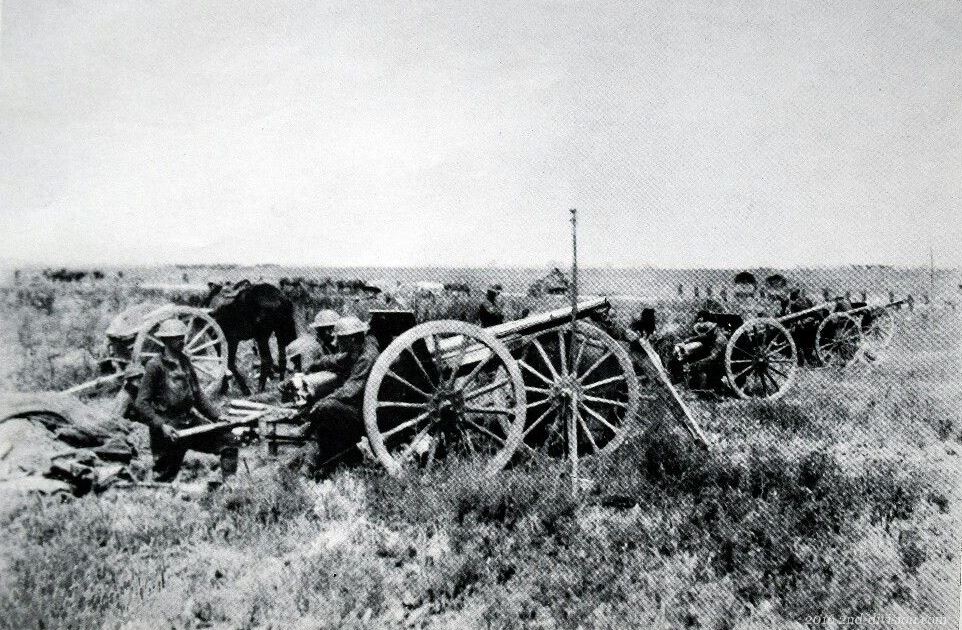

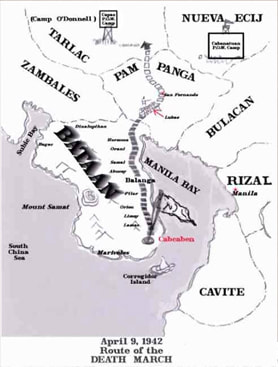
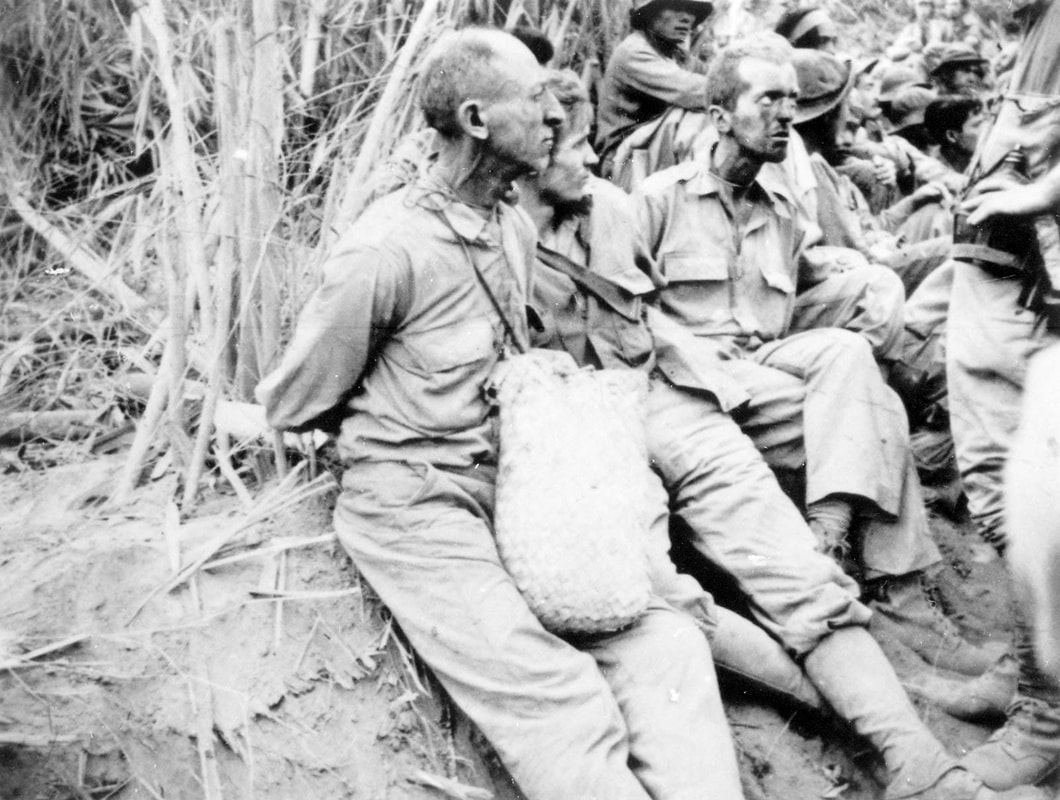

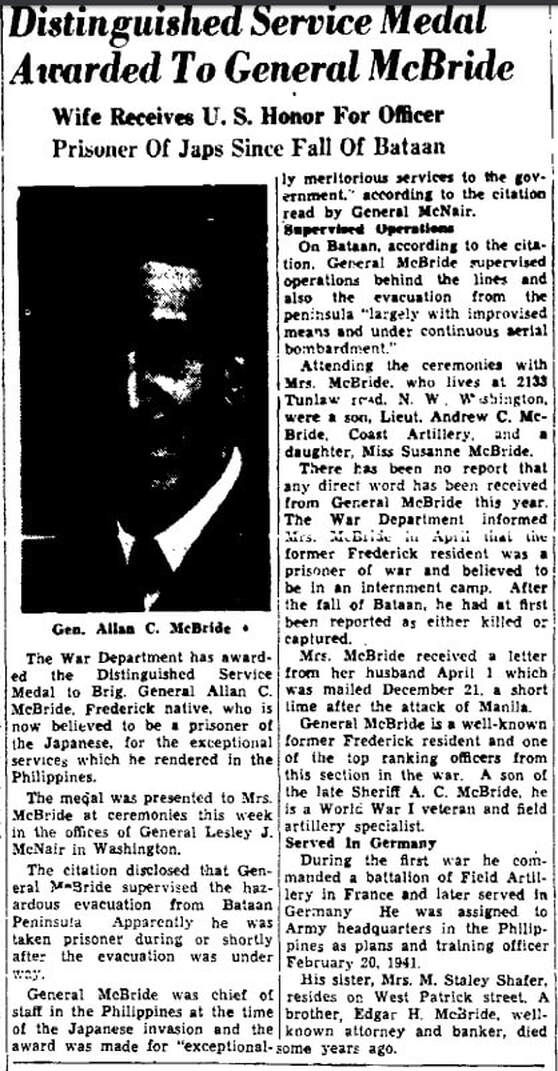

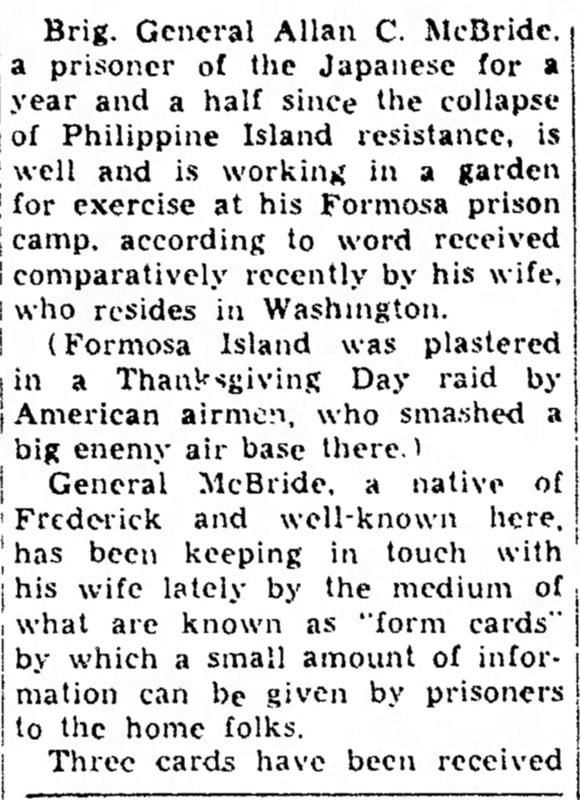
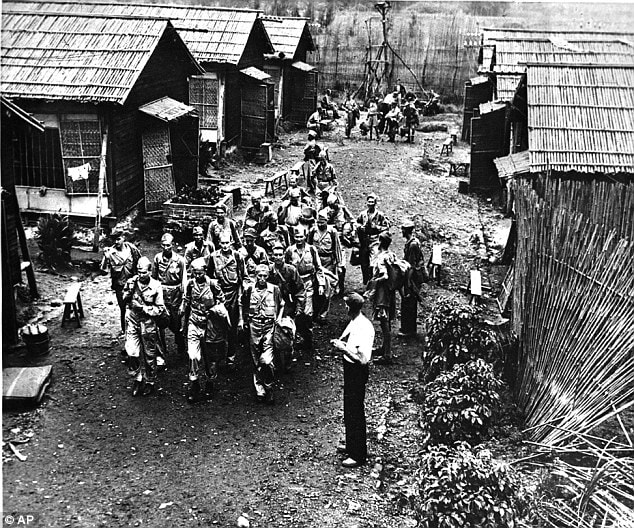
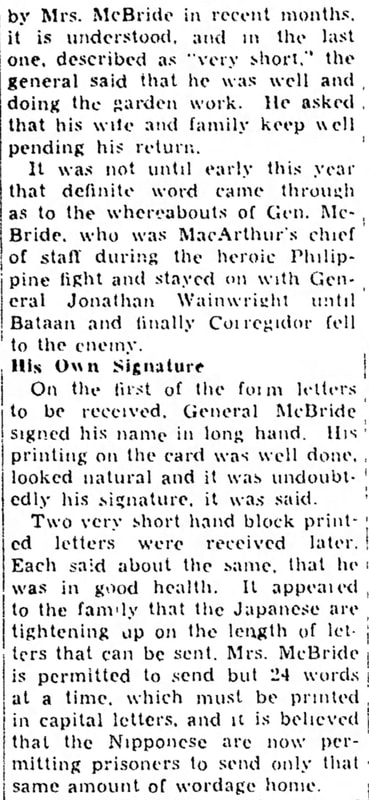
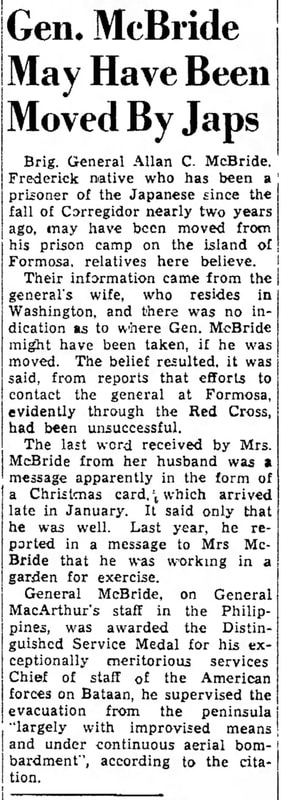
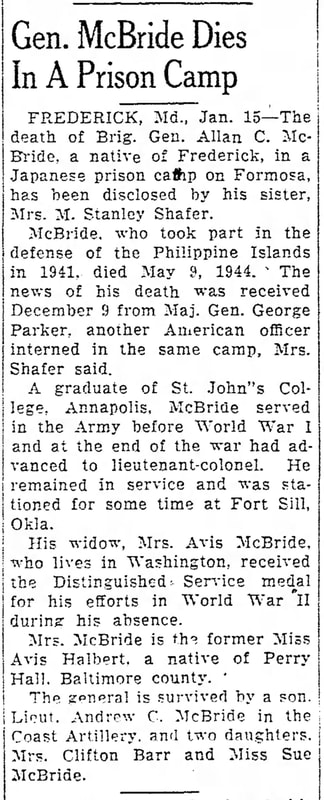
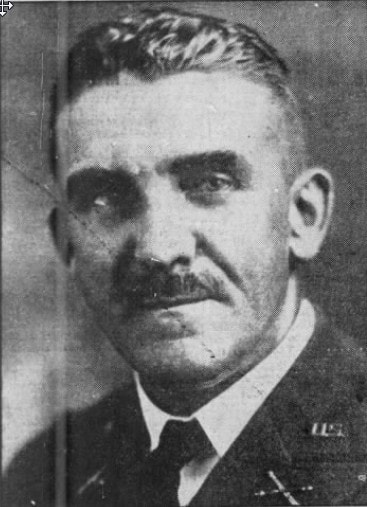

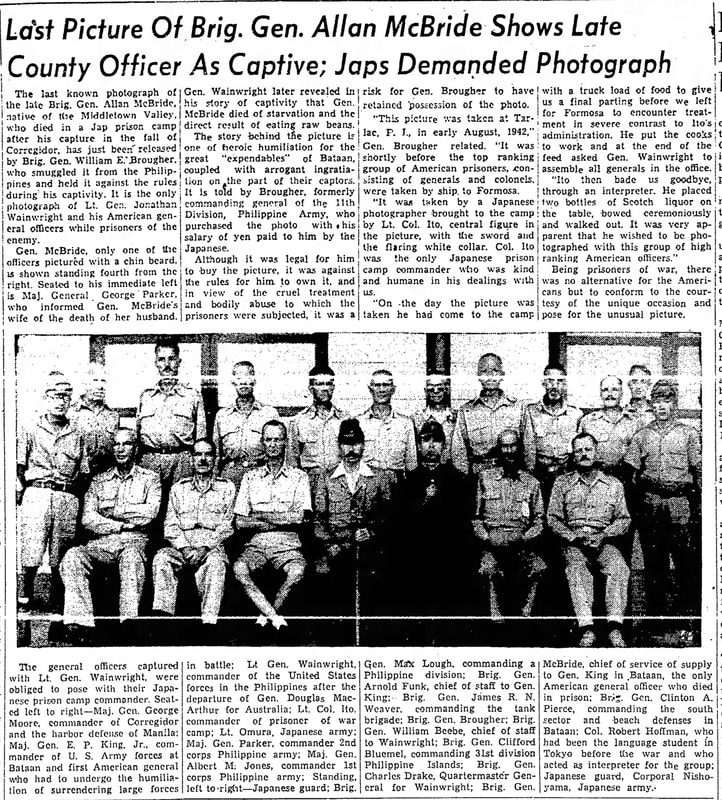
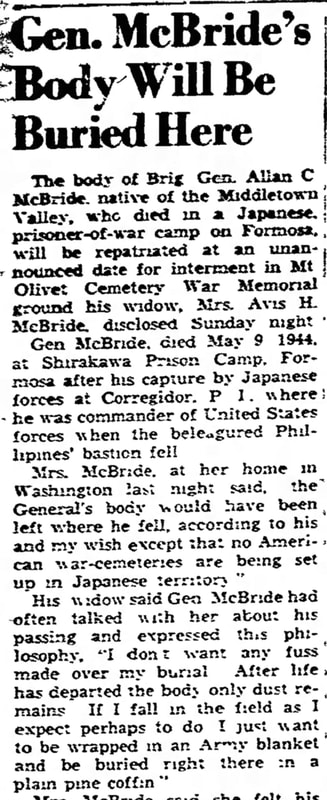
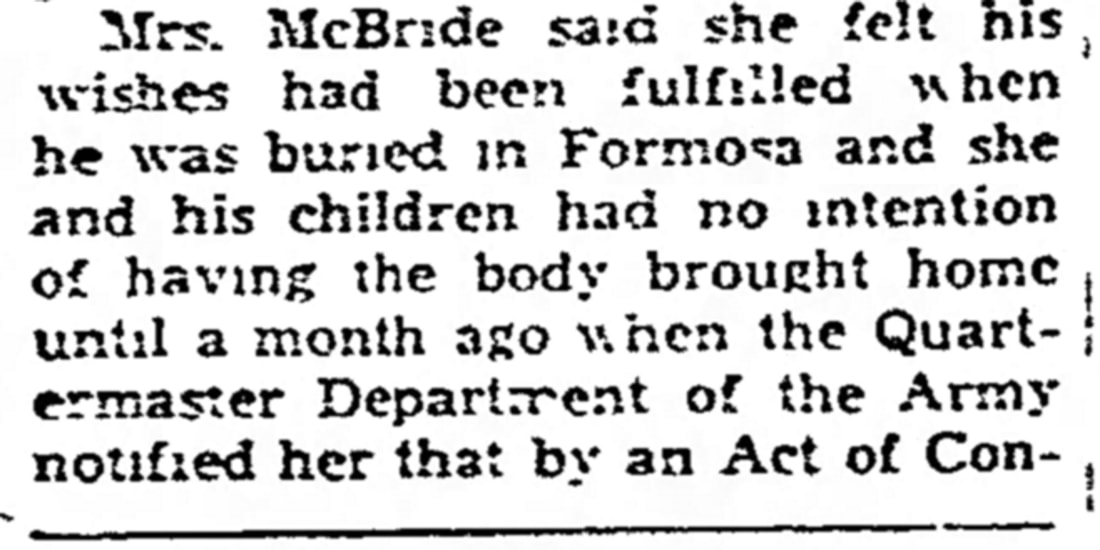
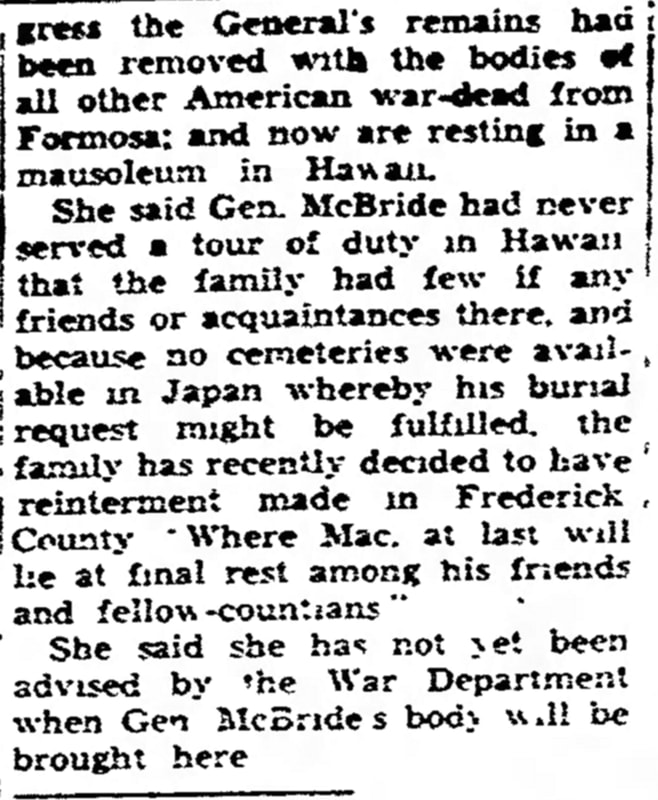
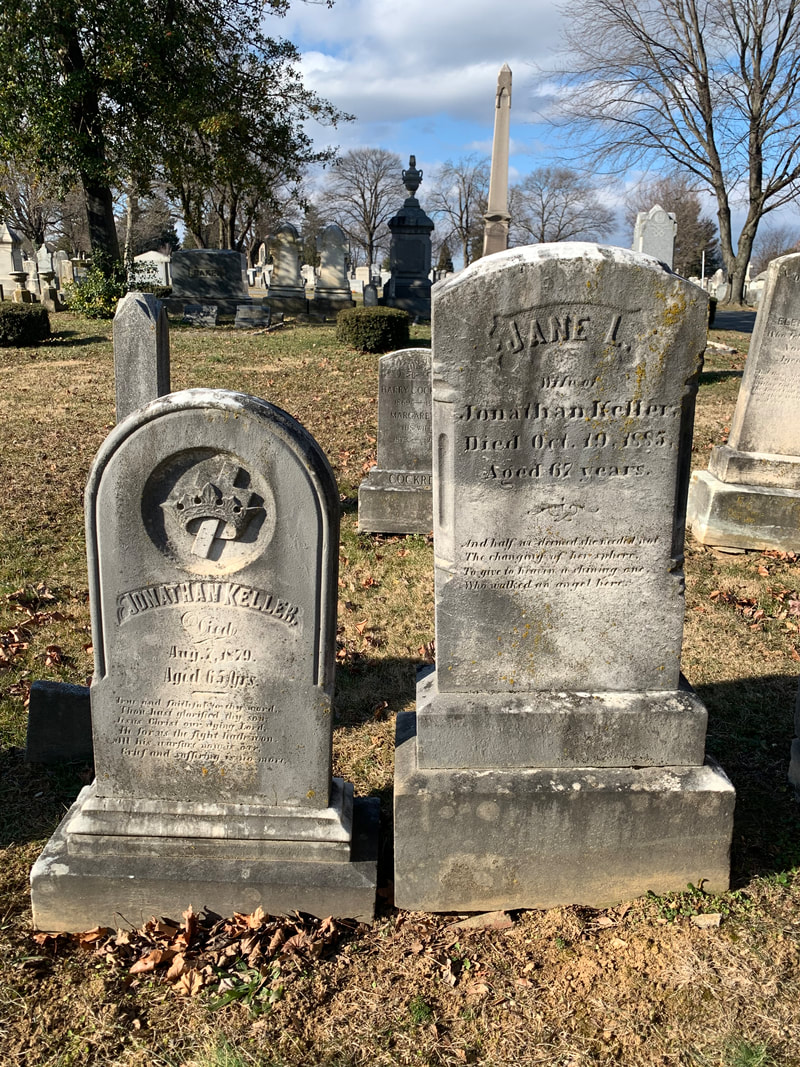

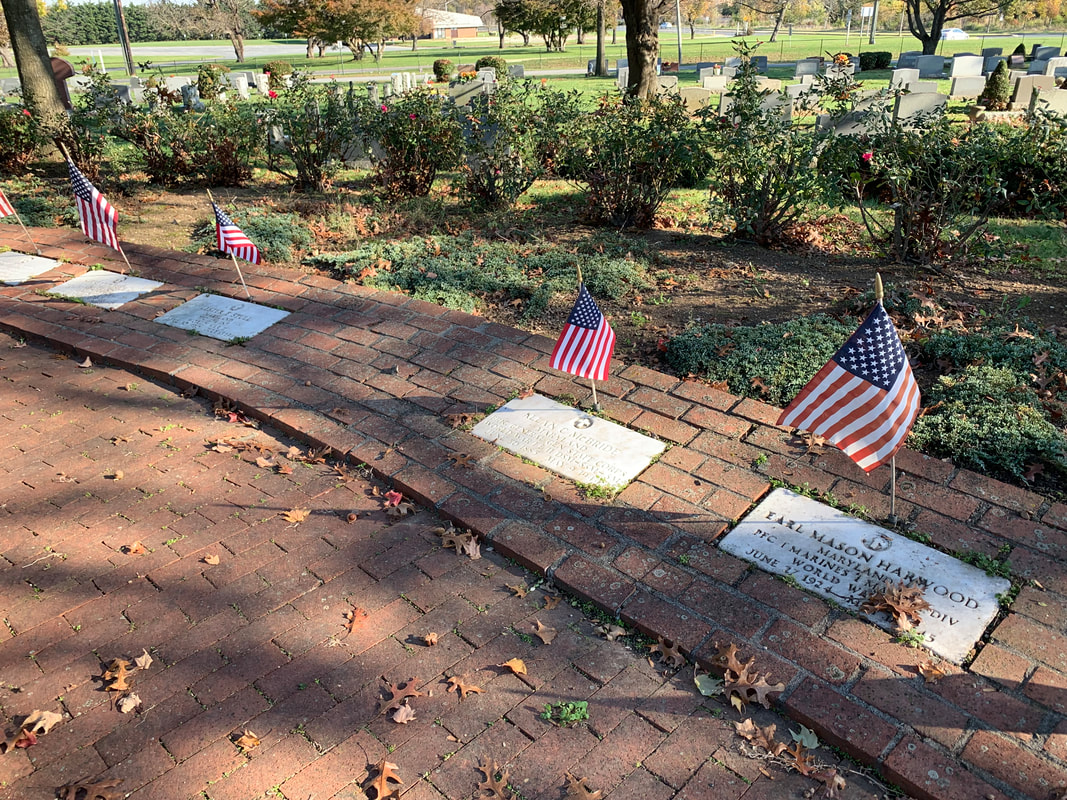
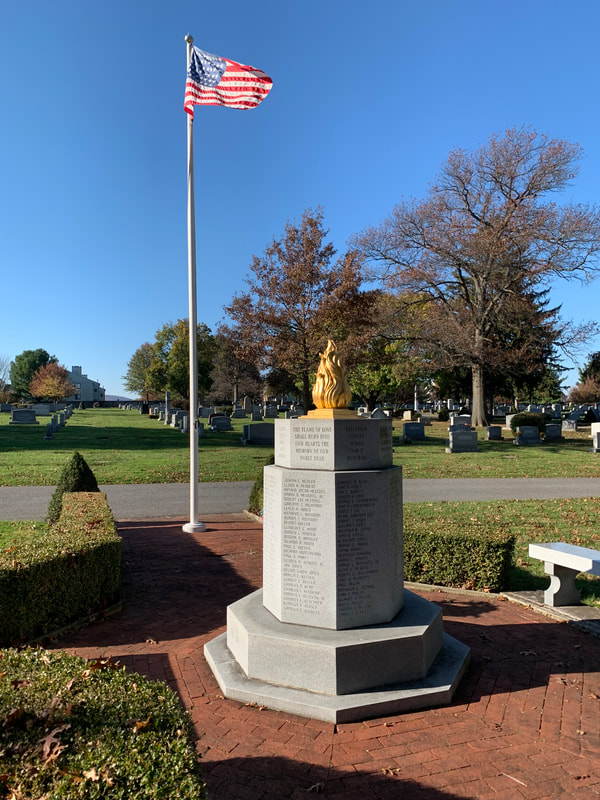
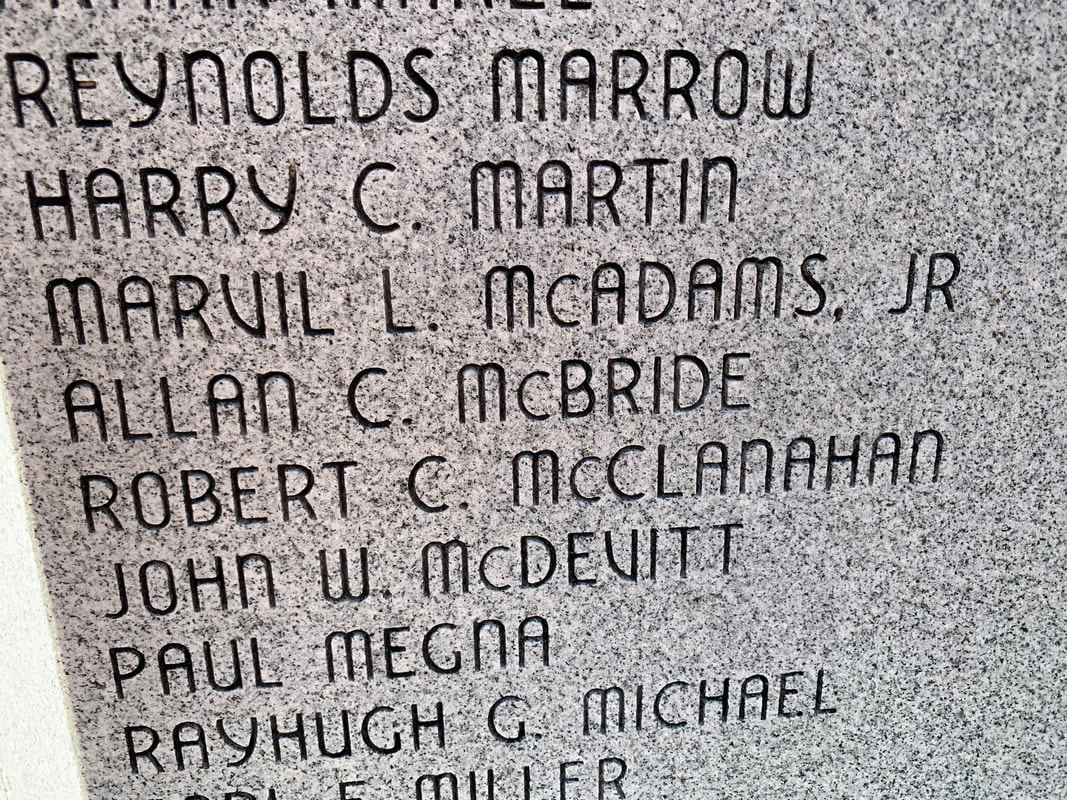
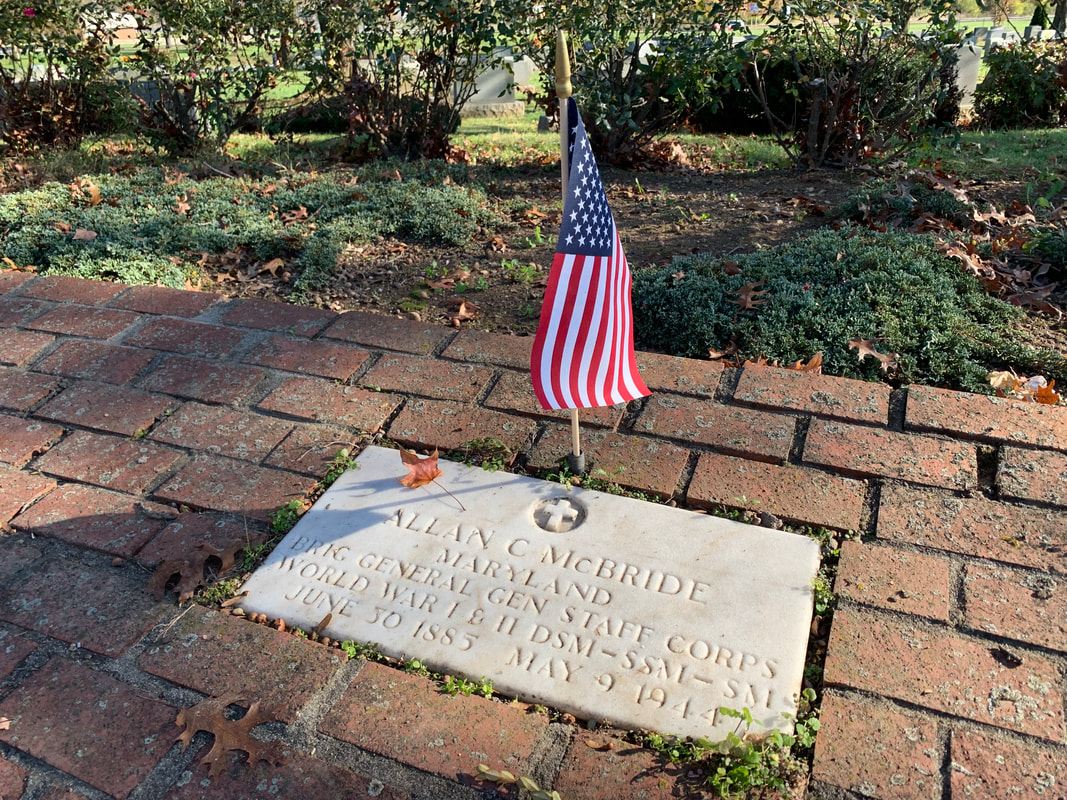
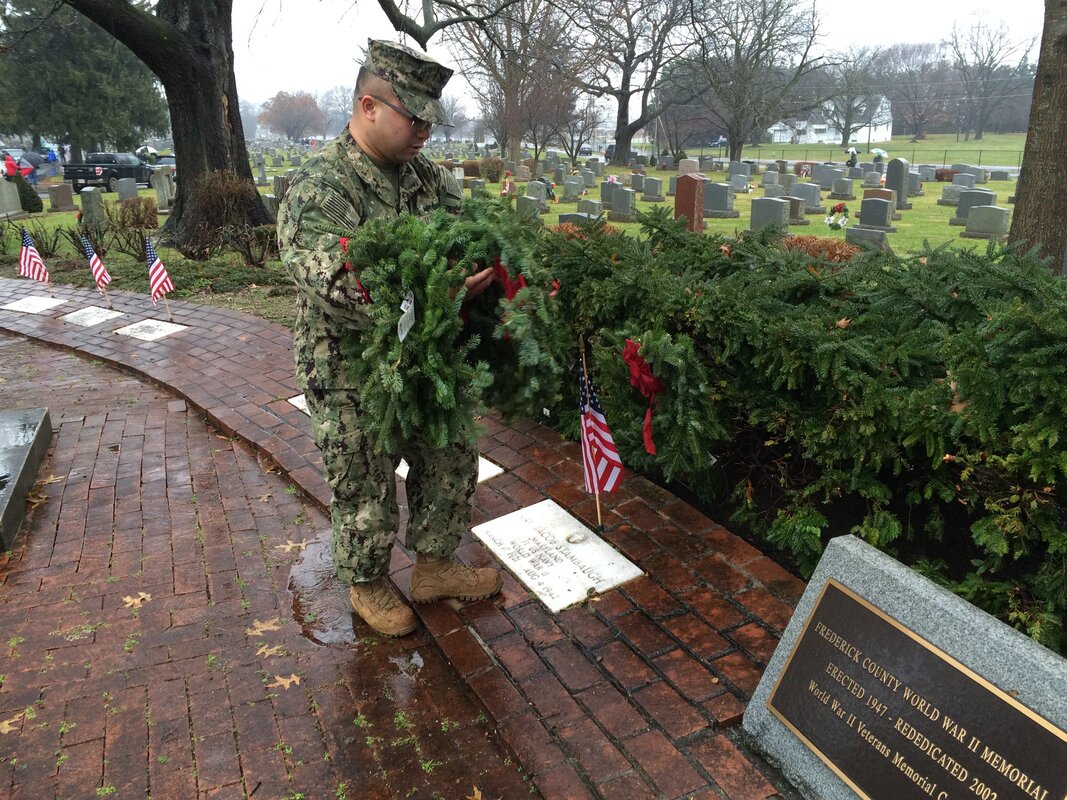

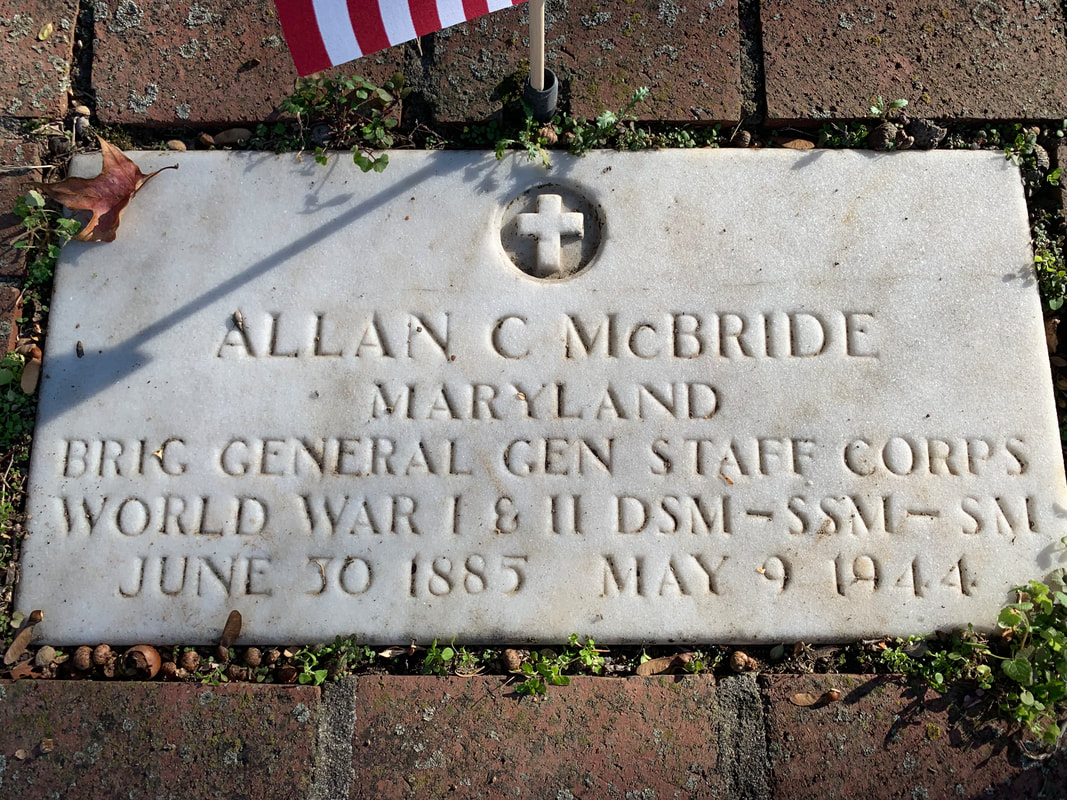

 RSS Feed
RSS Feed